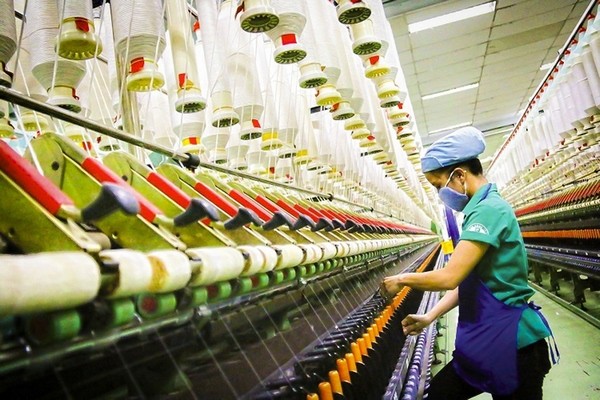 |
| The qualifications and skills of Vietnamese workers have made remarkable progress. Illustrative photo. (Source: VGP) |
In the process of economic and social development, labor productivity (LP) is the decisive factor in improving the capacity and competitiveness of the economy . Improving and promoting the increase of LP is the core issue to develop the economy quickly and sustainably, catching up with the level of countries in the ASEAN region and the world.
After more than 35 years of renovation, Vietnam has escaped from underdevelopment, becoming a middle-income country, and is accelerating the process of industrialization and modernization of the country. The scale and potential of the economy have increased. International integration is increasingly deep. At the same time, social security is guaranteed, people's income and life are constantly improved and enhanced, society is stable and increasingly progressive.
Vietnam has relatively narrowed the gap with countries in the ASEAN region with higher levels of development. If in 2011, the labor productivity of Singapore, Malaysia, and Thailand was 12.4 times; 4.3 times; and 2.1 times higher than that of Vietnam, by 2022 this gap will decrease to 8.8 times; 2.8 times and 1.5 times, respectively.
According to calculations by the research team and reference from ILO, in 2020, Vietnam's labor productivity increased by only 5.4% (in 2019 it was 6.2%) and was at the lowest level in the past 5 years. Specifically, the average labor productivity reached 117.94 million VND, equivalent to about 5,081 USD/worker.
During the 2011-2020 period, Vietnam's labor productivity growth rate was 5.1%, higher than the ASEAN average, second only to Cambodia. Vietnam's labor productivity growth is still not fast enough to narrow the gap with other countries. Specifically, Vietnam's labor productivity is still 26 times lower than Singapore, 7 times lower than Malaysia, 4 times lower than China, 2 times lower than the Philippines, and 3 times lower than Thailand.
According to the Department of Employment ( Ministry of Labor, War Invalids and Social Affairs ), in 2020, Vietnam's unemployment rate was 2.51% (compared to 1.5% in 2019), at the highest level in the past 5 years.
Low level of skills and qualifications of workers
The 2020 report of the Asian Productivity Organization also shows that Vietnam's labor productivity is 10 years behind Thailand, 40 years behind Malaysia and 60 years behind Japan. Our country is in the golden population period, with a large labor force of more than 51 million people, ranking 3rd in the ASEAN region. According to many experts, if we do not have policies to take advantage of the opportunities and promote the strengths of the golden population period, this will be a huge waste.
Although Vietnam's current labor market has improved a lot. In terms of quantity, we have about 50 million workers aged 15 and over, which is an advantage. With a young population structure and an abundant labor force, Vietnam has many advantages in the labor market. However, the quality of our labor force still has many limitations. The rate of trained workers is still low, and the rate of trained workers with diplomas and certificates has not reached 30%.
 |
| National Assembly Delegate Nguyen Thi Viet Nga said that more attention should be paid to vocational education, improving the quality of vocational training, skills and labor discipline. (Photo: NVCC) |
From that situation, according to National Assembly Delegate Nguyen Thi Viet Nga, Deputy Head of the National Assembly Delegation of Hai Duong Province, Member of the National Assembly's Committee on Culture and Education, to increase labor productivity, it is necessary to pay more attention to vocational education, especially improving the quality of vocational training...
“Although Vietnamese workers have made many efforts, they have not yet adapted well to economic restructuring, digital transformation and international integration,” said Ms. Nga.
Meanwhile, the gap in labor productivity between Vietnam and other countries in the region is still very large. In Southeast Asia, in the period 2010-2019, Vietnam's labor productivity was only higher than Timor Leste, Cambodia and Myanmar (according to data from the International Labor Organization (ILO) in 2019).
Regarding the reasons, Ms. Nguyen Thi Viet Nga said that the qualifications and skills of Vietnamese workers are still low compared to the requirements and compared to many countries in the region. Among the workers who have been granted degrees and certificates, the number of workers who have to be retrained and further trained when entering the labor market is very large, proving that the quality of our vocational education is not high. In addition, the integration ability of Vietnamese workers is not good, and their skills are still low compared to regional and world standards. Low labor skills are a major barrier in efforts to improve labor productivity...
Need to focus on vocational education
Faced with the increasing demand for skilled workers to serve the comprehensive innovation, promote industrialization, modernization and increasingly deep integration into the world economy, the Vietnamese labor force still has many limitations and shortcomings.
National Assembly Deputy Nguyen Thi Viet Nga said that we need solutions to improve labor productivity. In particular, we need to pay more attention to vocational education, especially improving the quality of vocational training, improving skills and labor discipline. Increase investment in science and technology to improve labor infrastructure.
Vietnam has a "golden population" structure, an abundant labor force of more than 51 million people, accounting for over 55% of the population, which is an advantage for accessing advanced science and technology, creating competitiveness when our country integrates internationally, participates in production chains, supplies products and attracts foreign investment resources.
The socio-economic development strategy for the 2021-2030 period has identified the human factor as the center, the subject, the most important resource and the goal of development. Therefore, it is necessary to focus on comprehensively developing human resources with high qualifications and skills, and at the same time, it is necessary to know how to retain competent civil servants, public employees and workers. This is considered a breakthrough solution, contributing to the successful implementation of strategic goals, bringing the country to rapid and sustainable development.
Source



![[Photo] Prime Minister Pham Minh Chinh chairs the conference to review the 2024-2025 school year and deploy tasks for the 2025-2026 school year.](https://vstatic.vietnam.vn/vietnam/resource/IMAGE/2025/8/22/2ca5ed79ce6a46a1ac7706a42cefafae)

![[Photo] President Luong Cuong attends special political-artistic television show "Golden Opportunity"](https://vstatic.vietnam.vn/vietnam/resource/IMAGE/2025/8/22/44ca13c28fa7476796f9aa3618ff74c4)
![[Photo] President Luong Cuong receives delegation of the Youth Committee of the Liberal Democratic Party of Japan](https://vstatic.vietnam.vn/vietnam/resource/IMAGE/2025/8/22/2632d7f5cf4f4a8e90ce5f5e1989194a)




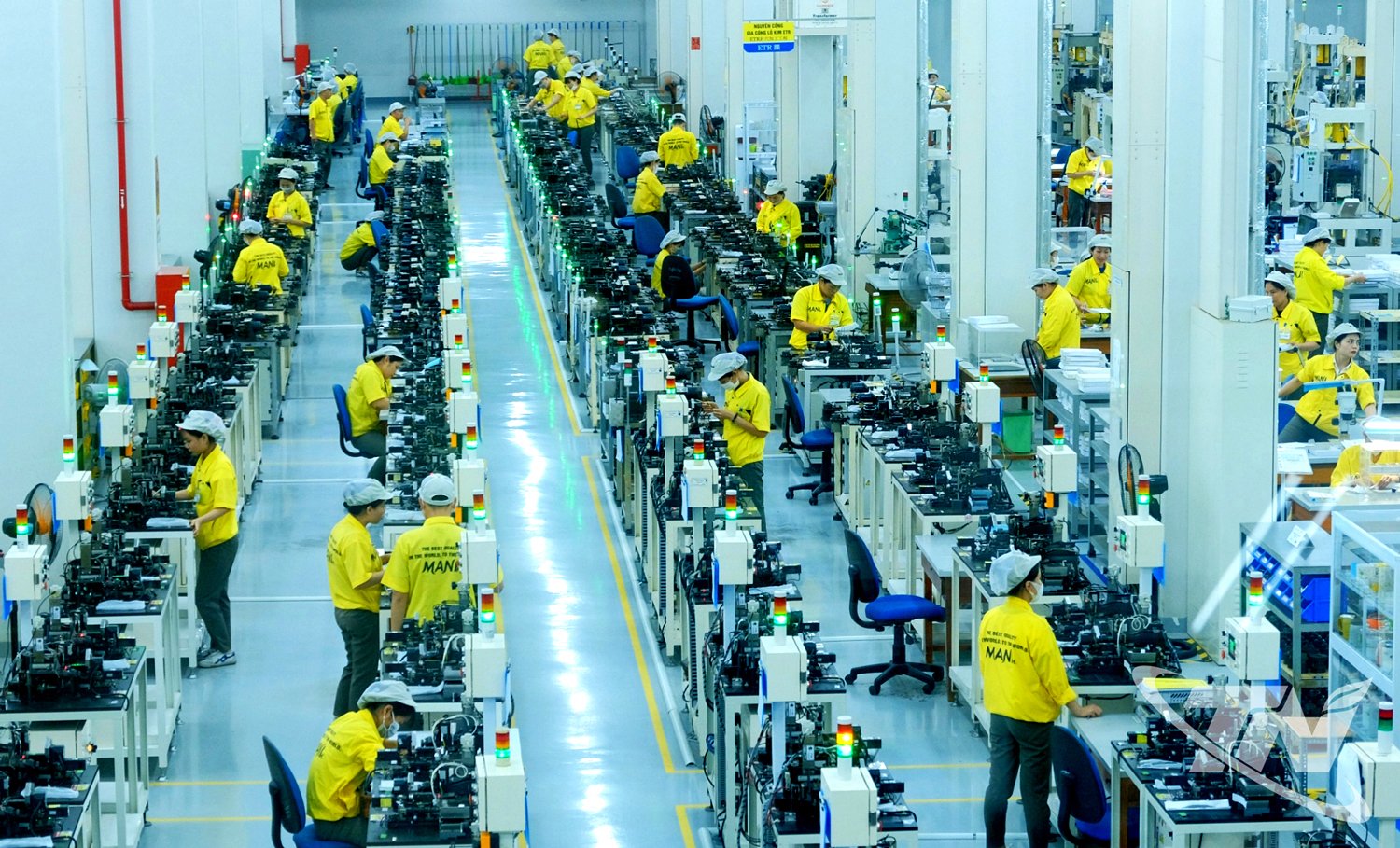

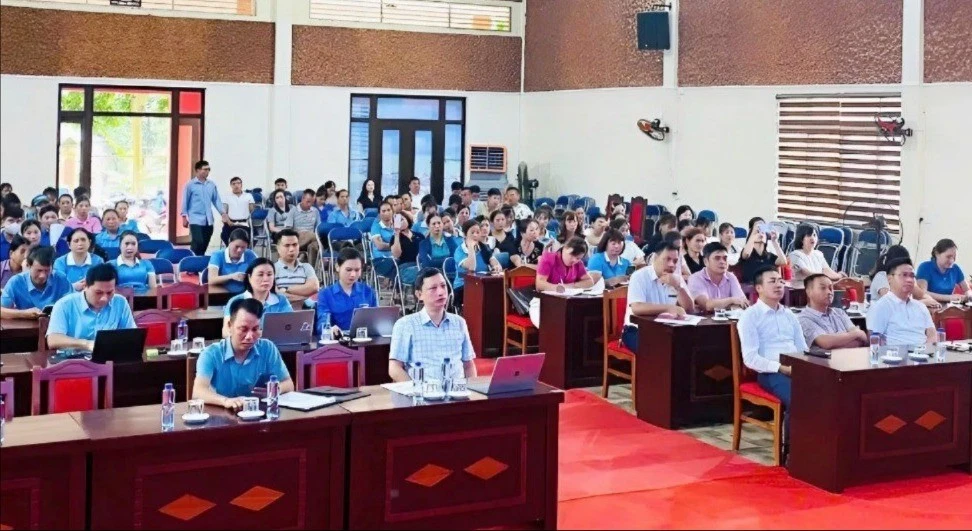










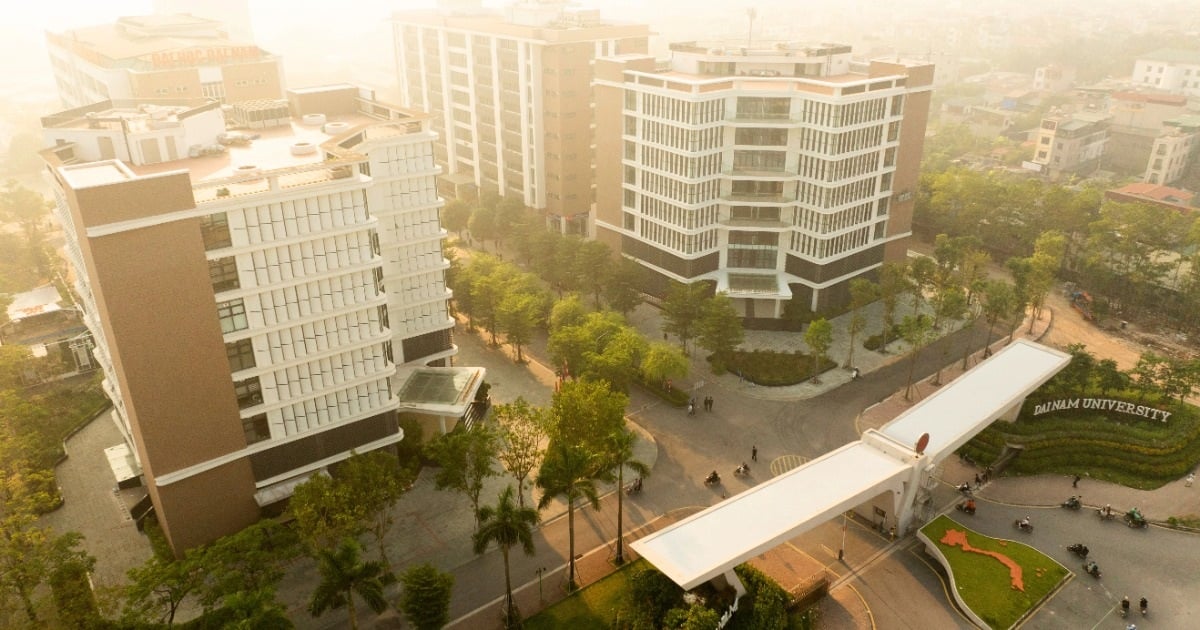


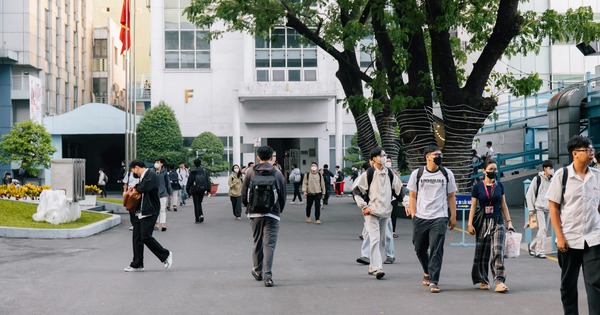









































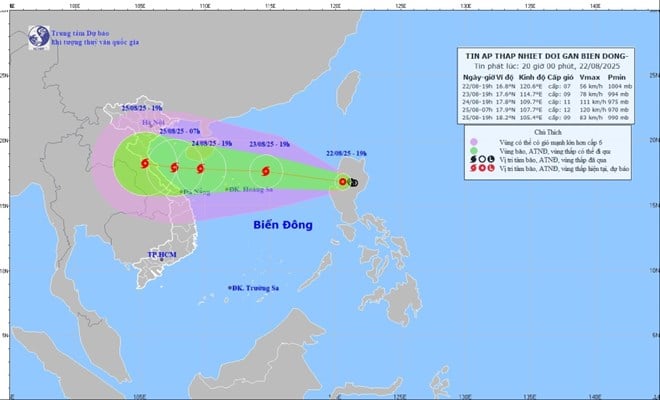









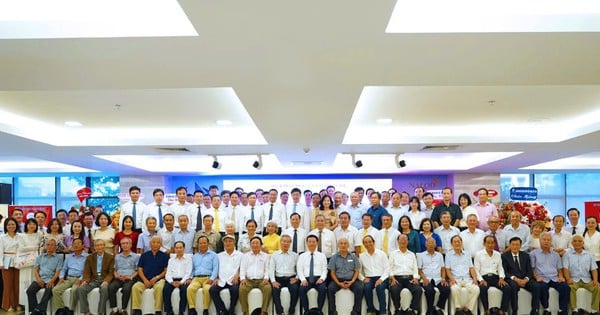

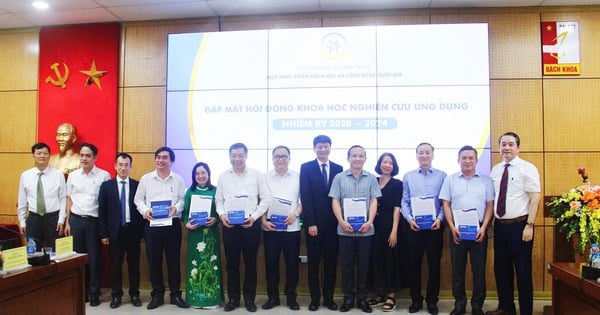
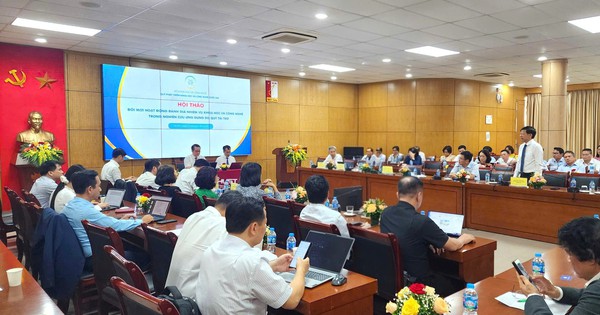
























Comment (0)